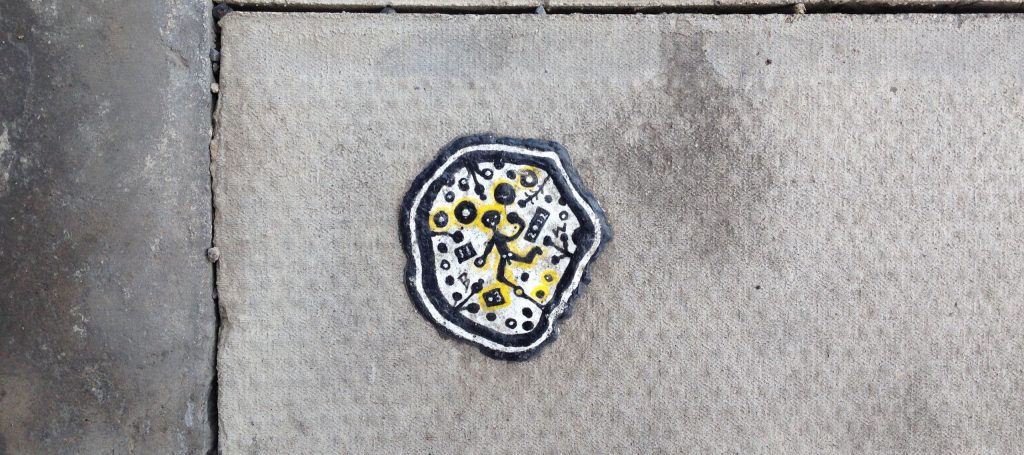

If you visit London’s Millennium Bridge, be sure to look down. It’s covered with tiny paintings by Ben Wilson, an artist who uses chewing gum as his canvas.
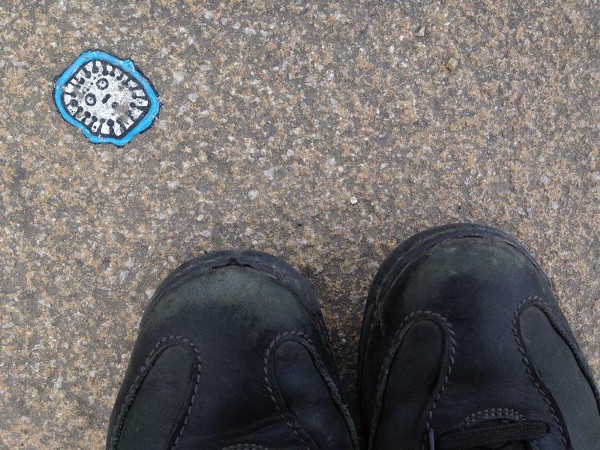
Wilson’s been producing these tiny paintings for over a decade. They appear in other parts of London, too. According to a BBC report in 2010, he’s painted over 8,000 of them. The count has surely increased plenty by now.
At one point, the Royal Society of Chemistry looked into commissioning him to paint all the elements of the periodic table on gum near its offices–even issuing a reward for any member of the public who could provide his mobile number–though the idea didn’t work out.
Wilson first heats the gum with a burner to harden it so it doesn’t later melt in the sun. He then adds a protective undercoat. The resulting paintings are brightly colored, but they pick up dirt from roads and the shoes of people walking over them, just like any bit of discarded gum would. They are also really, really tiny. You have to look carefully to spot them.
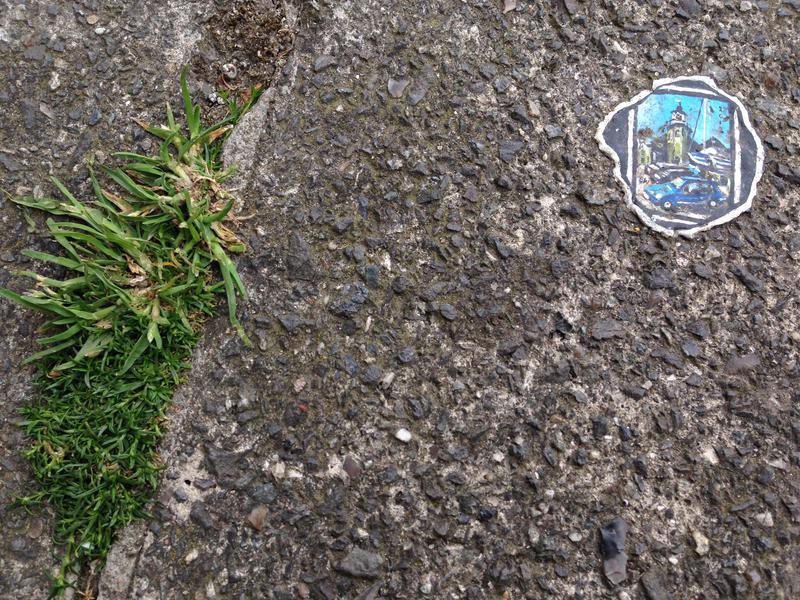
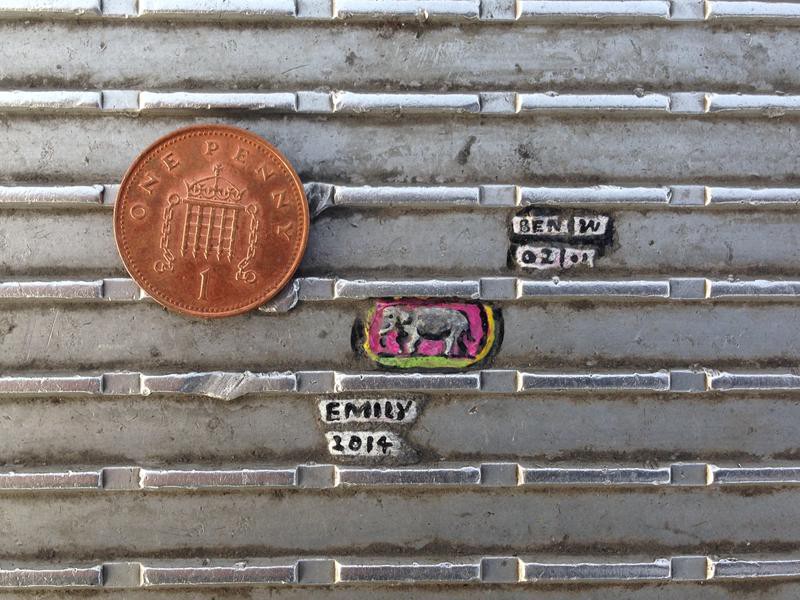
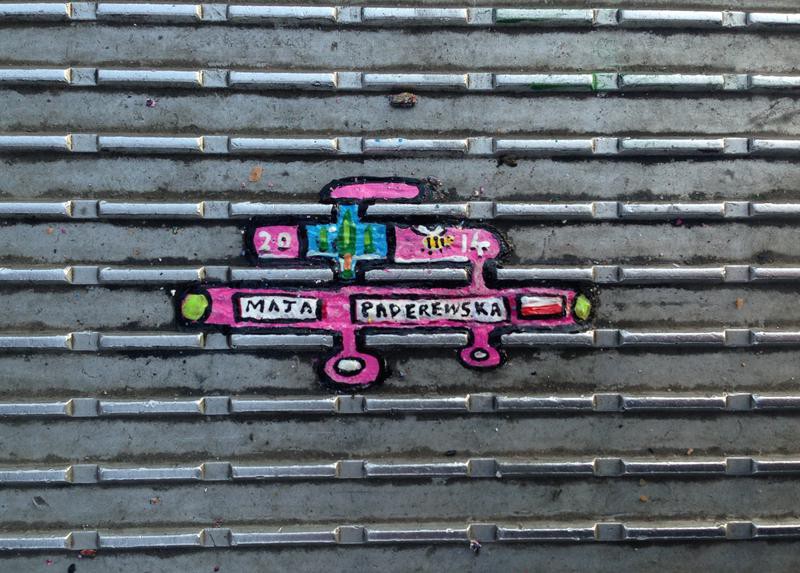
When I bumped into Wilson painting on the bridge last year, he told me that many of the paintings are just whatever the shape of the chewing gum suggests to him at the time–but he also takes requests and several have stories behind them. The one he’d just finished (the bright pink one in pictures here) was for someone who told him they were missing a friend’s funeral in Canada. It includes the name of the person who died and a bee and some trees (because she loved them) and a Polish flag because she was Polish.
If you’re ever lucky to catch him at work, ask him if there’s a story behind the piece he’s painting on. Several of them commemorate people who’ve died. But part of the the point of such street-based work is that it doesn’t have labels like in a gallery. It is left to viewers to interpret for themselves.

Wilson also told me he’d had a few spats with authorities accusing him of “criminal damage.” Once he was even asked to move on from near Tate Modern when there was an exhibition of street art inside the gallery itself. But the damage is caused by the person who spat out the chewing gum in the first place. Wilson’s just taking this action and adding something new to it.
Used chewing gum is something we discard. It’s easy to avoid thinking about, but it’s still there, accruing dirt and becoming part of our human-built landscape. According to Gumdrop–a company that recycles chewing gum litter–it costs U.K. councils £150 million (nearly $228 million) a year to remove chewing gum litter from streets. For Gumdrop it’s a possible resource. For many it’s a gross nuisance. For Wilson, it’s an opportunity for art.
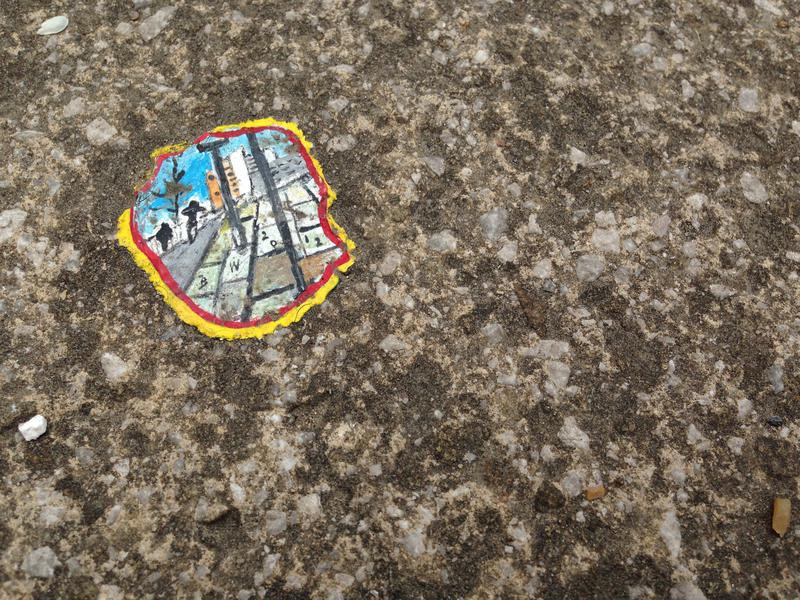
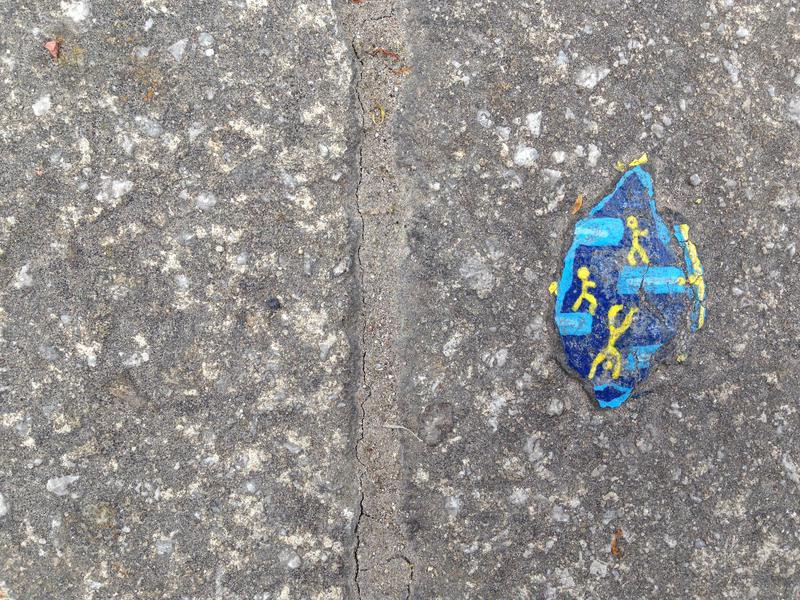


How We Get To Next was a magazine that explored the future of science, technology, and culture from 2014 to 2019. This article is part of our Arts & Culture section, which looks at innovations in human creativity. Click the logo to read more.
